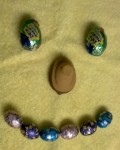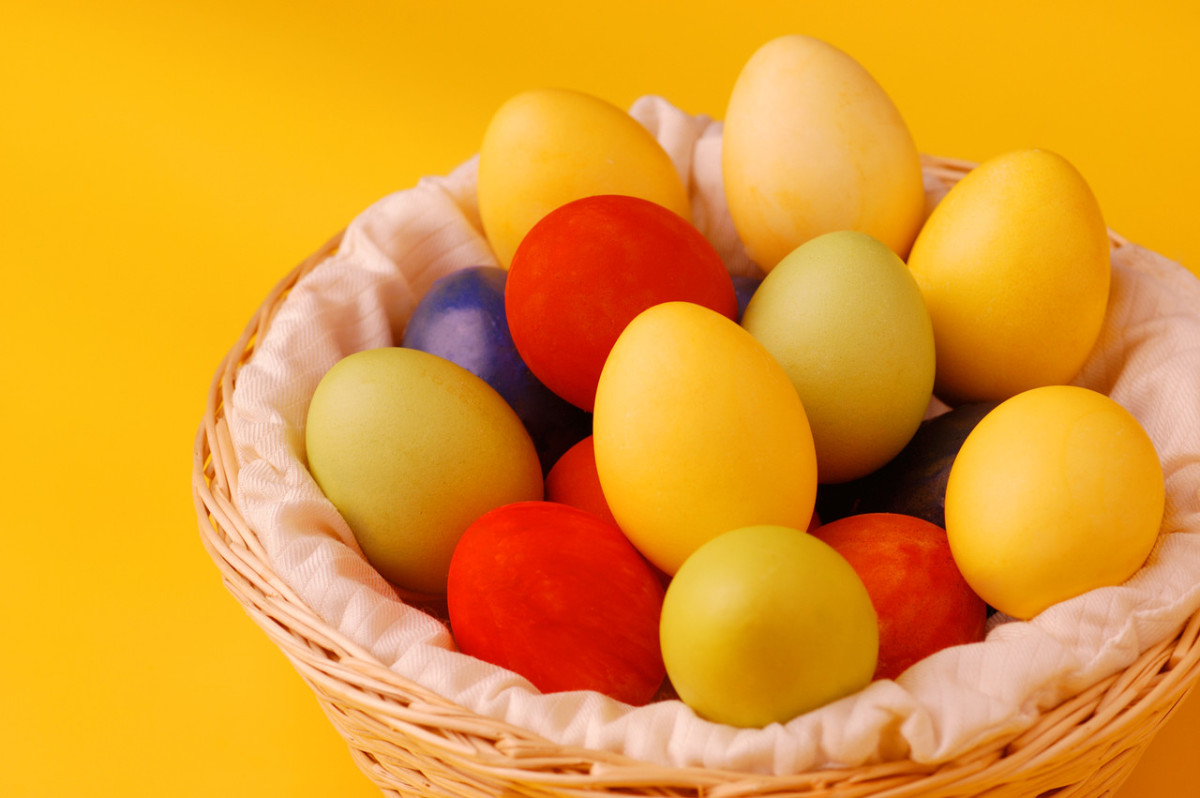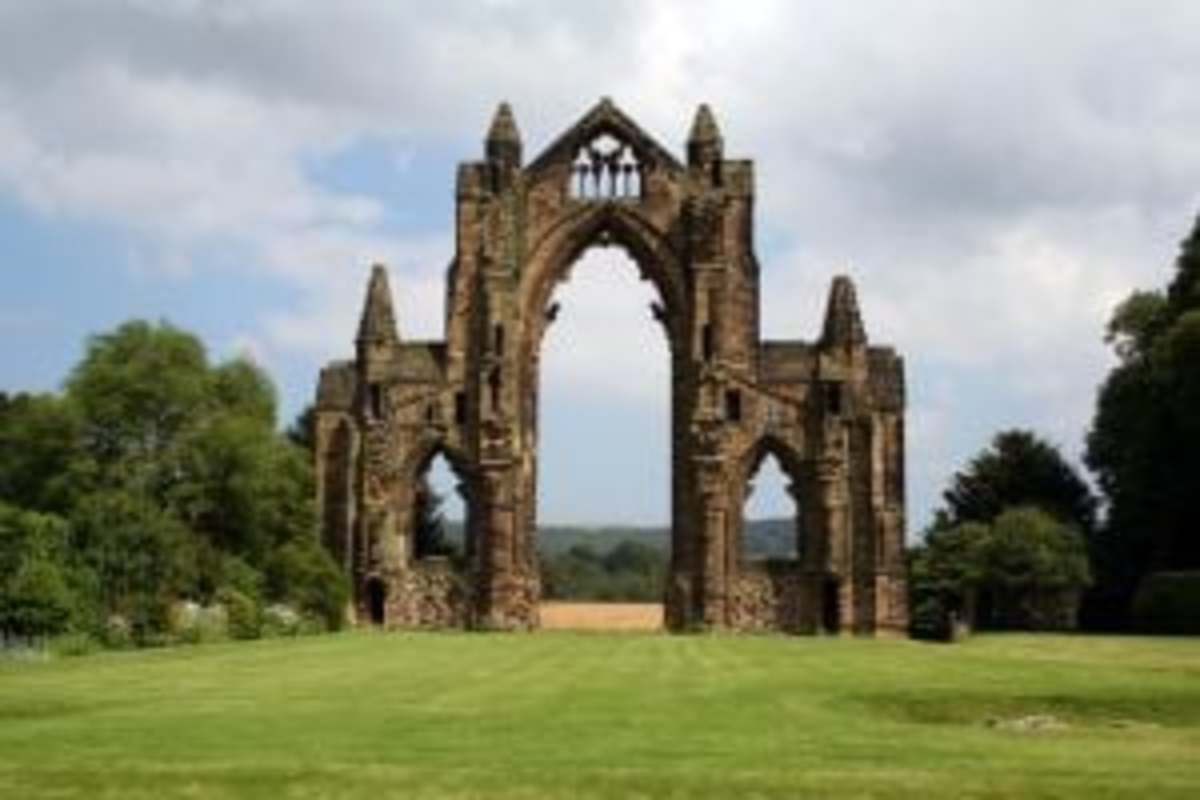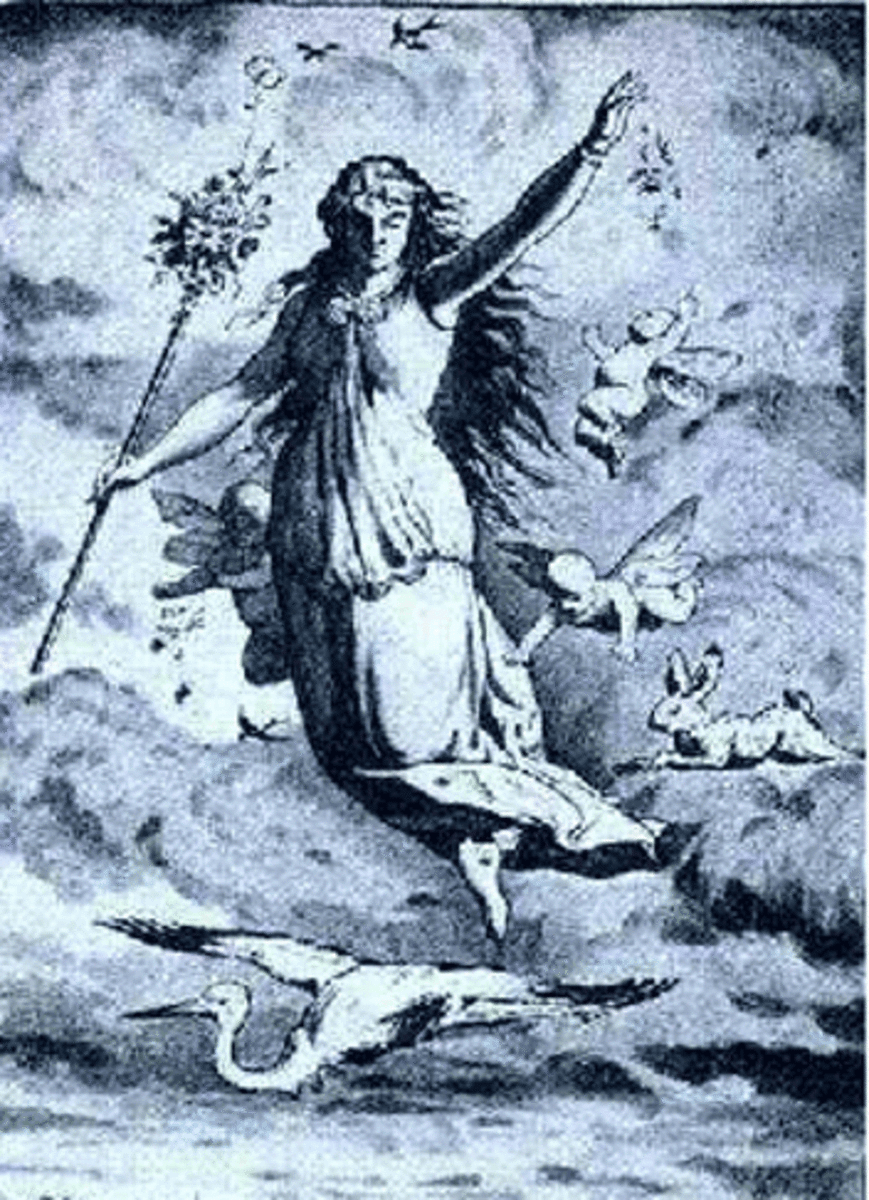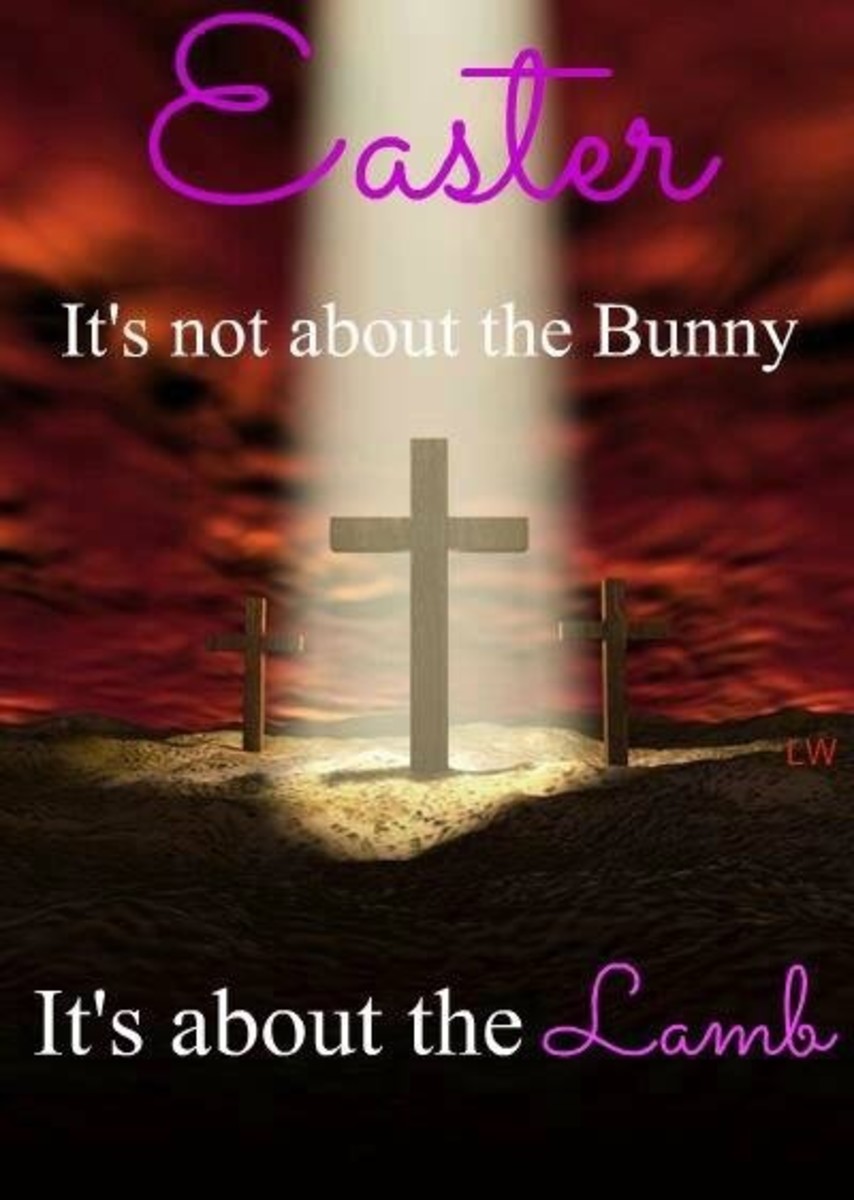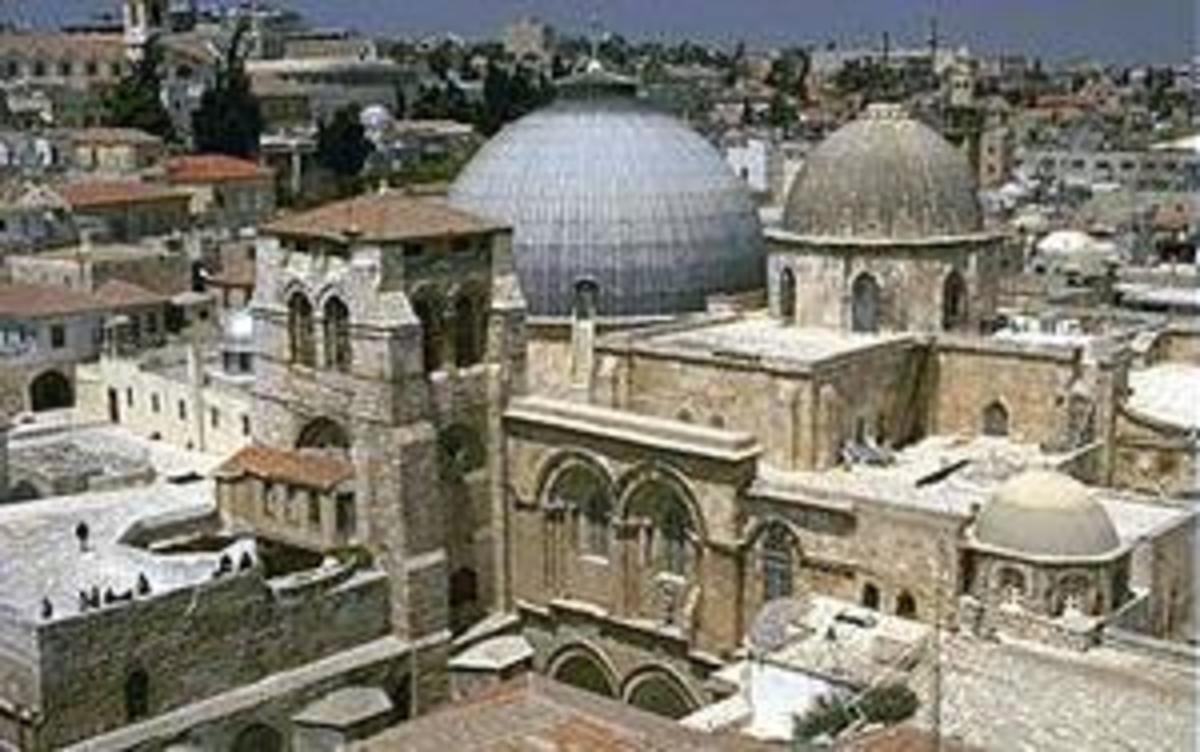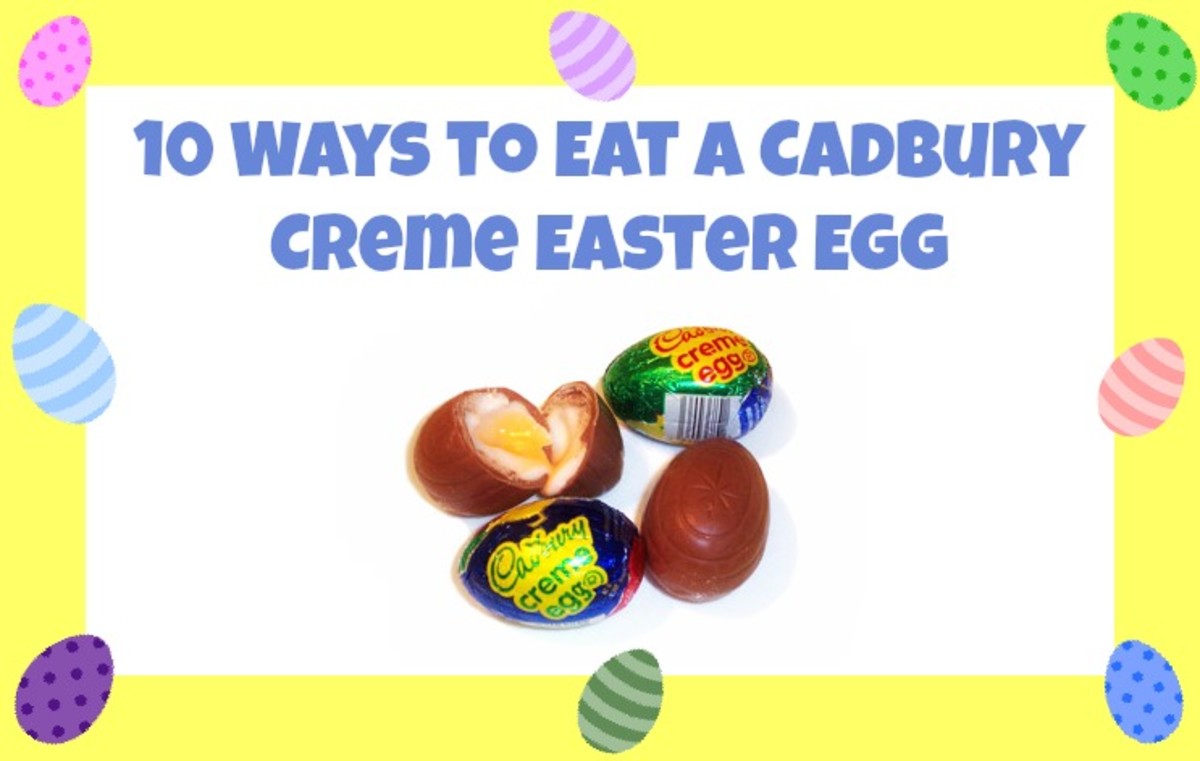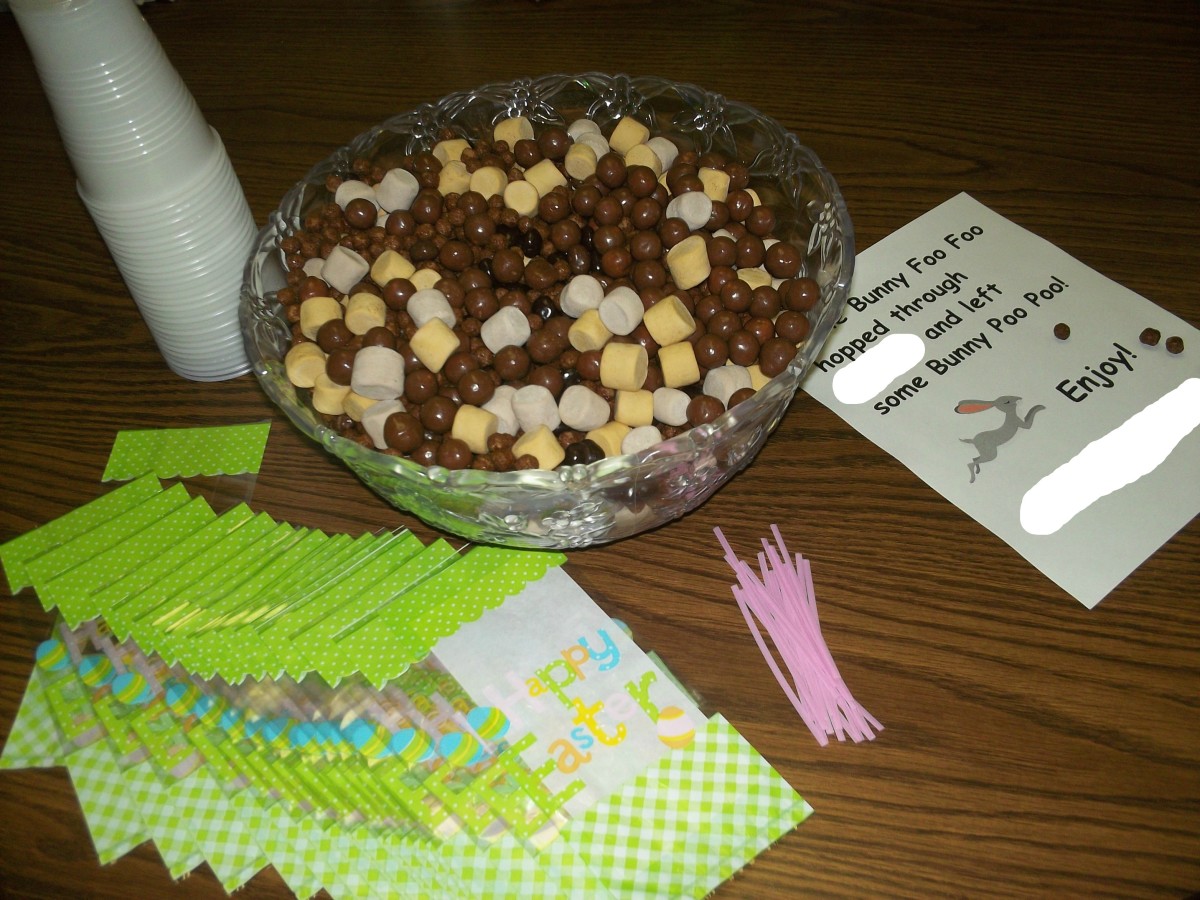Easter Reminiscence
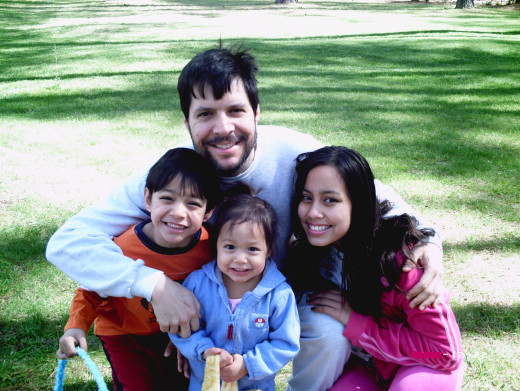
The holiday of Easter, commemorating the resurrection of Jesus on the third day after his burial, never occupies the same date on the calendar for two consecutive years. Because of variations in calendars during the time of the early Christian churches, it was made a “movable feast”, a holiday whose celebration is determined by the cycles of the moon and sun rather than a date in any particular month. It is always celebrated on the first Sunday after the first full moon after March 20 or 21, the date of the vernal equinox in the northern hemisphere.
No matter when it actually falls, Easter has always been a rite of spring in my family. In the climate of my youth, it was normally a time of flowering dogwoods and azaleas, sunshine and greenery, blue sky and the renewal of life. Unlike Christmas, a celebration of birth which occurs at a time of year when the natural world is going dormant (at least north of the Equator), Easter happens at a time when the cycle of nature is in keeping with the event being celebrated. For just as the Resurrection was about the perpetuation of life after death, so is the spring.
The custom of hiding colored eggs to commemorate Easter derives from mixed traditions. The egg was considered a symbol of rebirth in the early Christian church, and eggs that were dyed red were considered symbols of the blood of Christ. There was also a practical reason for eating boiled eggs in large quantities after Easter. During Lent, the 40 day period prior to Good Friday, eggs were normally forbidden as food. Chickens would continue to produce eggs during the period and a large surplus would accumulate. In order to preserve the eggs from spoilage, they would be boiled and eaten after Lent ended, usually in dishes in which boiled eggs were the primary ingredient.
Because of its strategic placement in the calendar, Easter always seemed a happier time for me than Christmas. The euphoria of Christmas always seemed short-lived and followed by cold, darkness and sadness. The arrival of Easter, which came with little fanfare, seemed the reverse: it heralded coming warmth, longer days, vacation from school, summer relaxation, progress and hope for the future.
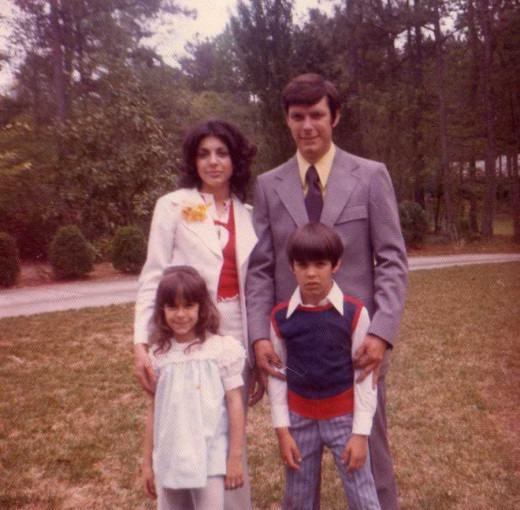
Several of the best photos in my family archives were taken on Easter. One of them, from Easter of 1974, was the last-ever photograph taken of my parents while they were married. The photograph captures a sort of death (an imminent divorce) as well as a resurrection (young children which resulted from the marriage). The camera, which does not lie, shows the knowledge of finality in the young boy’s face, the sense of fear and dread about the changes which he knows are soon to come. The young girl seems blissfully ignorant; the young mother, barely willing to pretend; the father, with his nervously spreading fingers, trying to cling to the son that he is soon to be leaving.
Eight years later the children in the shot had practically grown up, and they posed for another Easter photo that commemorates a special moment. It was taken nearly in the same location as the preceding photo, only in the back yard of my grandparents’ house rather than the front. It’s also very revealing about time and place. In the photo my grandfather, in his late 60’s at the time, has his arms almost awkwardly around my sister and me as he unsteadily looks away from the camera.
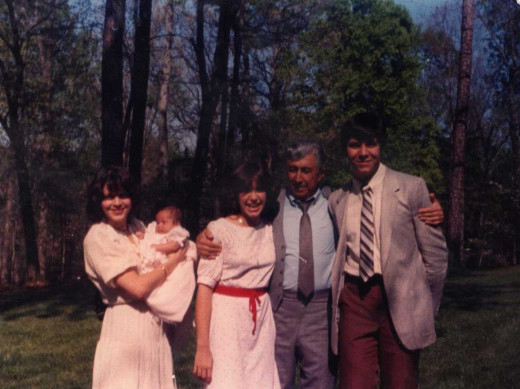
I’m sure many readers, if they look back in their own family histories, can relate to the story this picture tells. Among the men of my grandfather’s generation, born now more than 100 years ago, public displays of affection were rare. This was the first time, as far as I know, that my grandfather, an otherwise affectionate man, was photographed hugging or holding any of his grandchildren. It seems a hesitant acknowledgment of the rise of a new generation, the need to abandon one’s old habits and to prepare for things to come. Easter was the perfect occasion for such an acknowledgment!
In more recent years my own children have come to enjoy the holiday just as I did many years ago. On Easter morning of 2010 my son and younger daughter, age 8 and 4 at the time, were captured in this interesting scene.
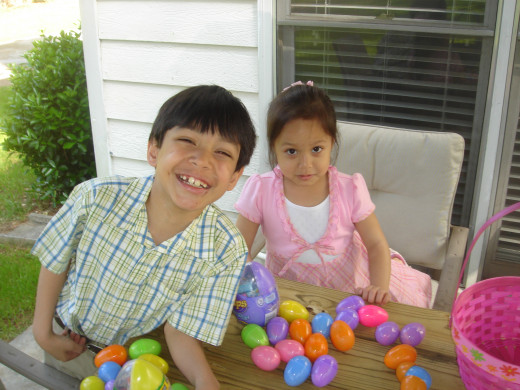
The story told here is very different than the one from 1974. Now it is the boy who seems carefree and easy, the girl who seems hesitant and frightened. A look at the distribution of plastic eggs on the table gives a clue as to why. The four-year-old child has accumulated at least three times as many eggs as her bigger and stronger sibling rival. But because of her brother’s obvious attitude of mischief and bravado, she seems mortally afraid he’s about to steal some of her eggs and take them for himself. While the boy archly curls his right hand up like a grasping claw, the baby girl clutches the table nervously, and looks pleadingly at Daddy behind the camera as if to say: “Please keep this monster from swiping my stuff!”
These days, the mischievous boy has long since graduated to surfing his iPad for YouTube videos. And the little girl is almost too old to believe in the Easter Bunny. Though this year she is paying lip service to the idea of an egg hunt, next year seems hopeless. By then another generation will have graduated to a higher level of sophistication and it will be a few more years yet, as the resurrection of life continues, before another set of youthful actors is brought before the Easter cameras to tell new stories.
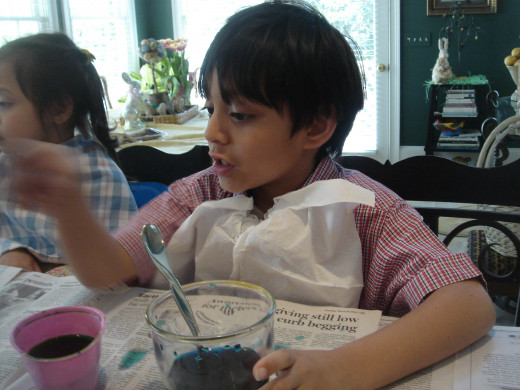
© 2015 James Crawford

